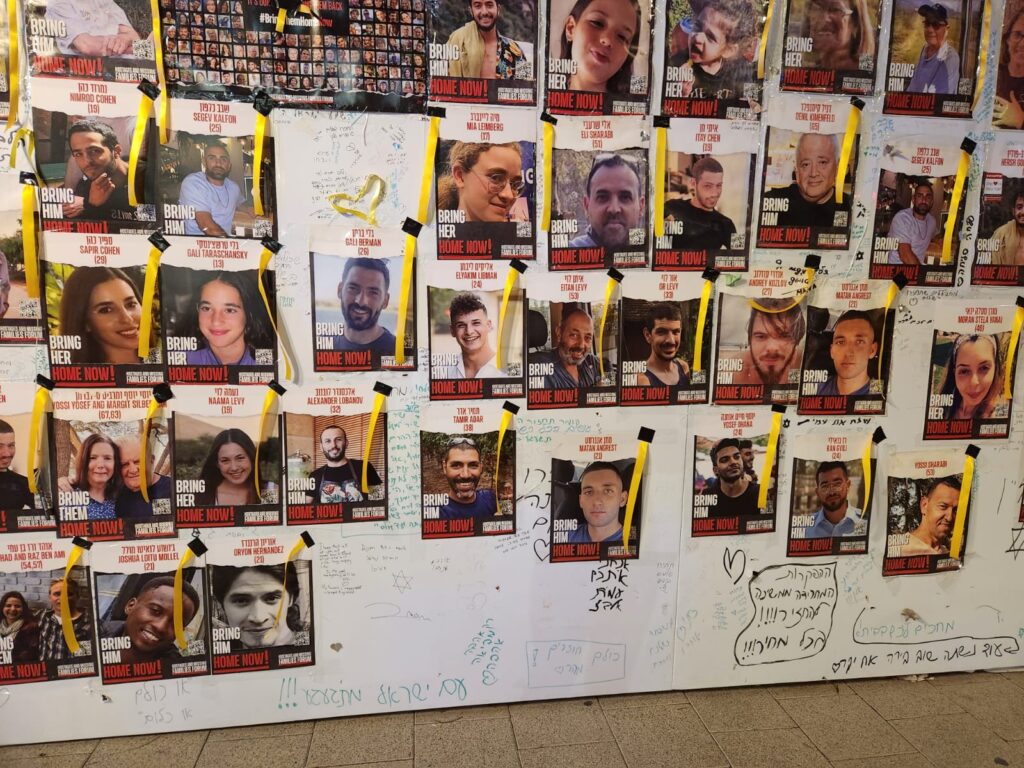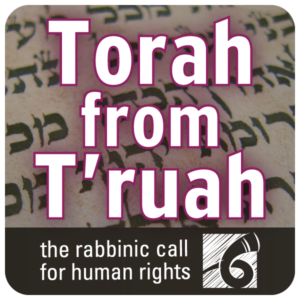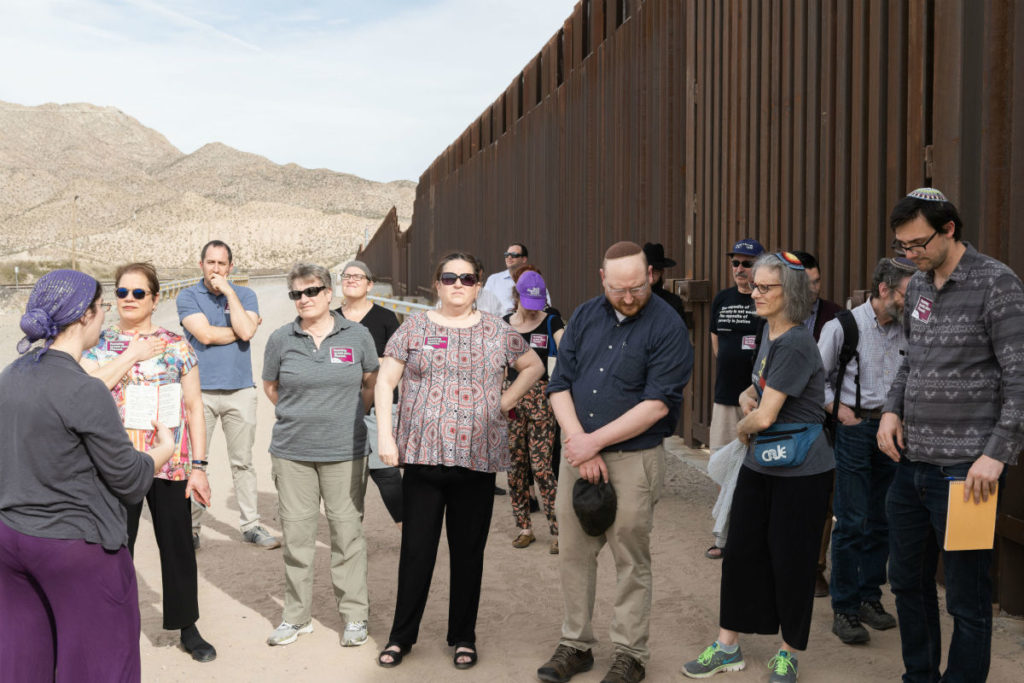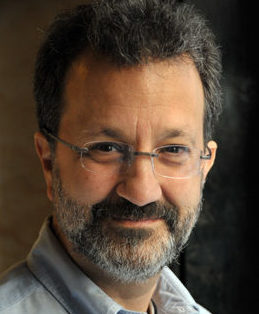
An Open Letter From 750 North American Rabbis and Cantors Responding to the Crisis in Israel and Gaza
The safety of Palestinians and Israelis is inextricably linked. By signing this letter, we publicly recommit to the long, hard work of bringing about a better future for everyone in the region.
read more







